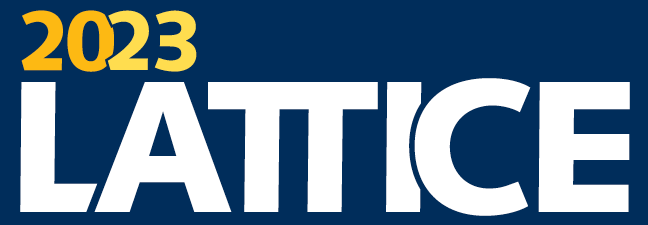Speaker
Description
The $\Lambda(1405)$ resonance is listed in PDG as a strangeness $S=-1$ baryon with quantum numbers $I(J^P)=0(\frac{1}{2}^-)$. However, most models based on chiral effective theory and unitary suggest two nearby overlapping resonance poles. This two-pole picture for the $\Lambda(1405)$ is disputed by recent phenomenological fits to experimental data which require only a single pole, and quark models which typically predict a single pole. In this presentation I will discuss the first lattice QCD computation of the coupled channel $\Sigma\pi$-$N\bar{K}$ scattering amplitude in the $\Lambda(1405)$ region. At a heavier-than-physical pion mass of $m_{\pi} = 200\,{\rm MeV}$, the amplitude clearly exhibits a virtual bound state below $\Sigma\pi$ threshold and an additional resonance pole just below $N\bar{K}$ threshold. These poles are identified from parametrizations of the two-channel $K$-matrix which are fit to the finite volume energy spectrum and analytically continued to the complex plane. Our first-principles QCD results cannot be described by a single pole and thus support the two-pole picture suggested by $SU(3)$ chiral symmetry and unitarity.
| Topical area | Hadronic and Nuclear Spectrum and Interactions |
|---|
